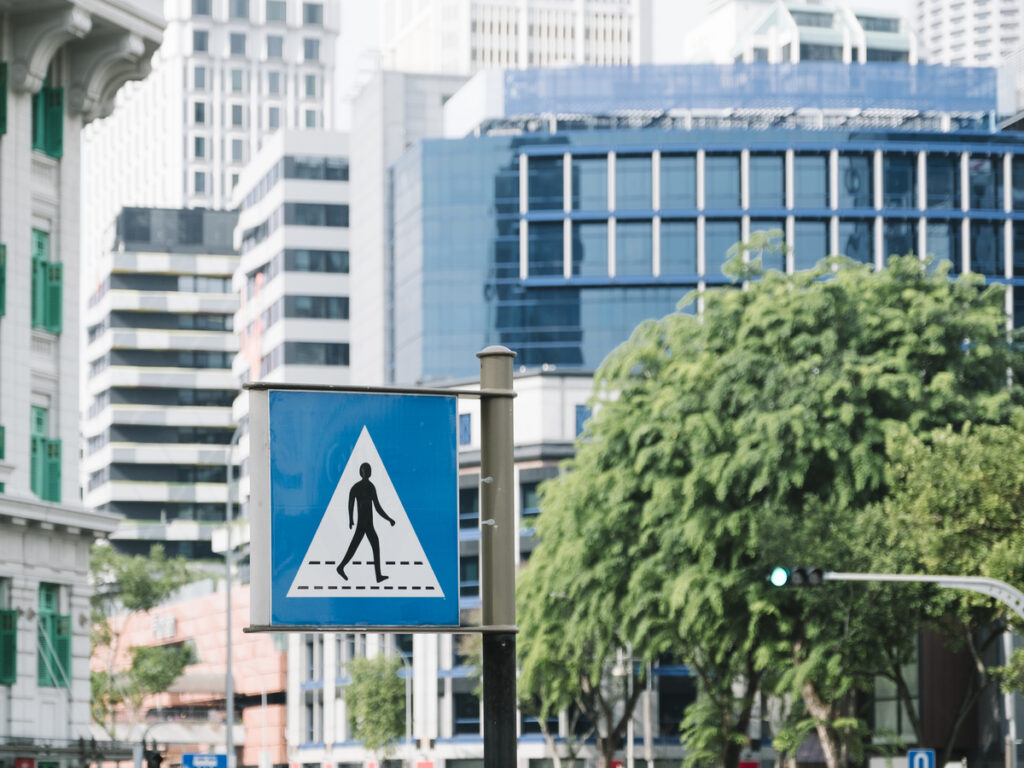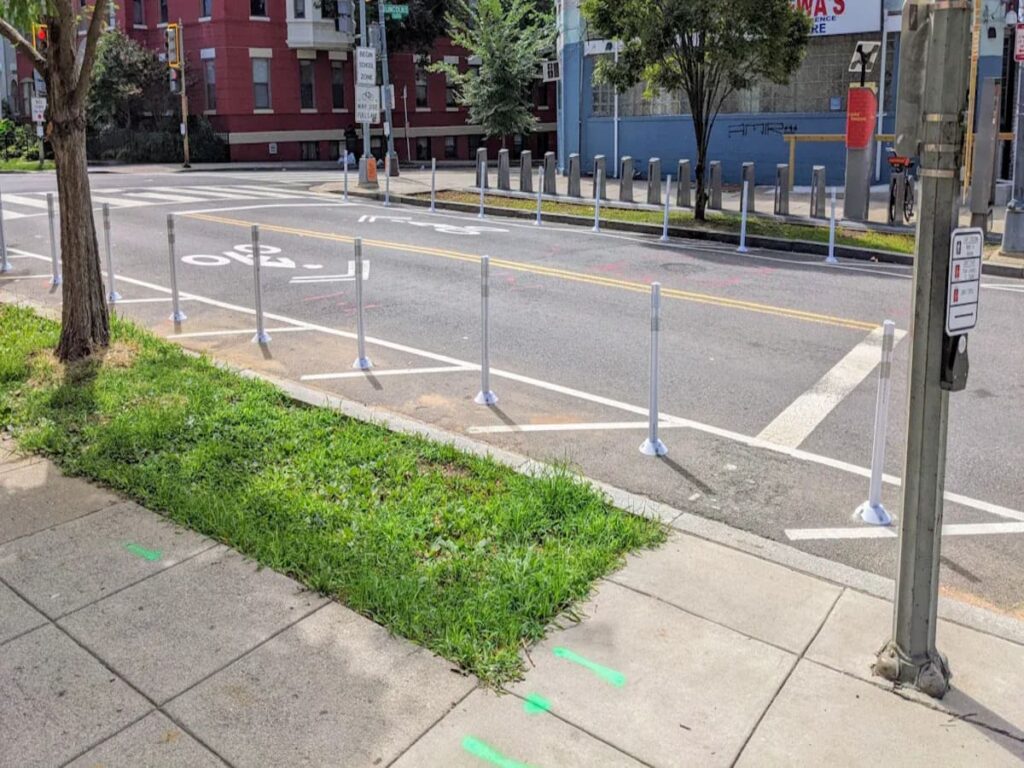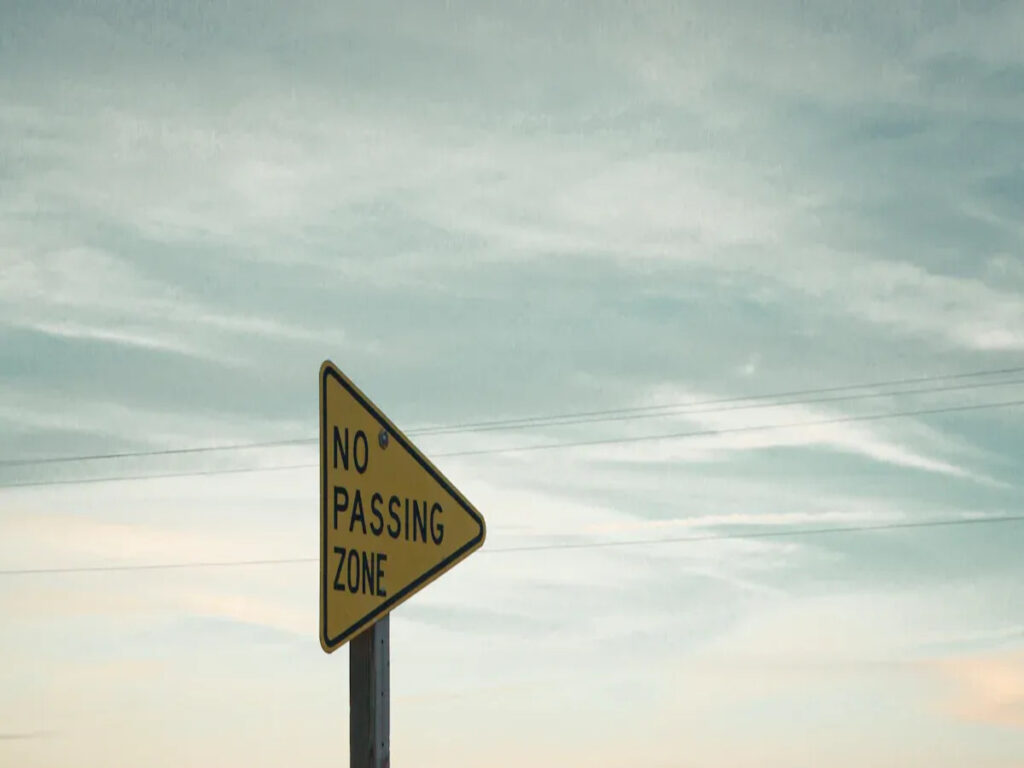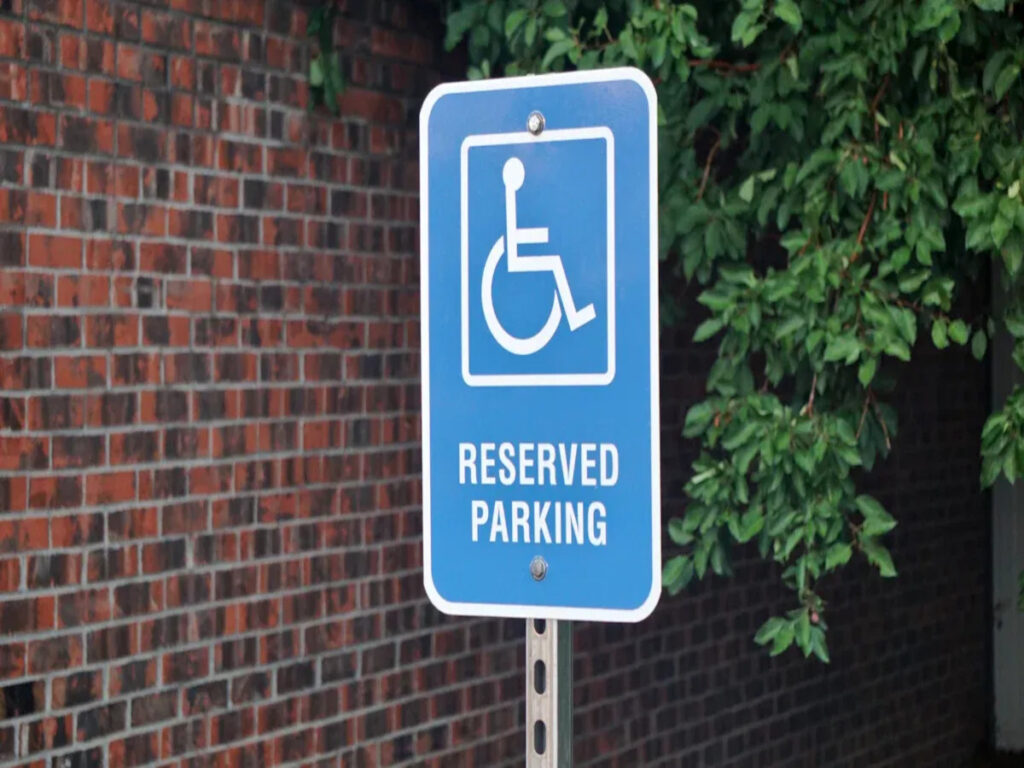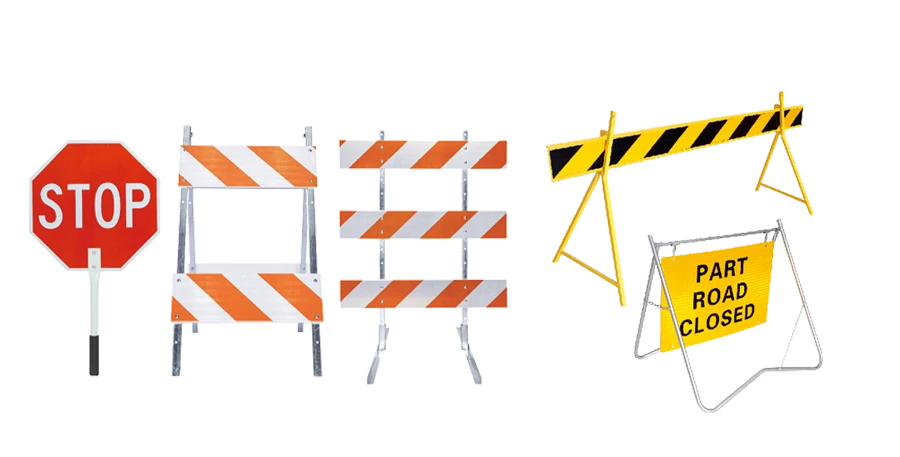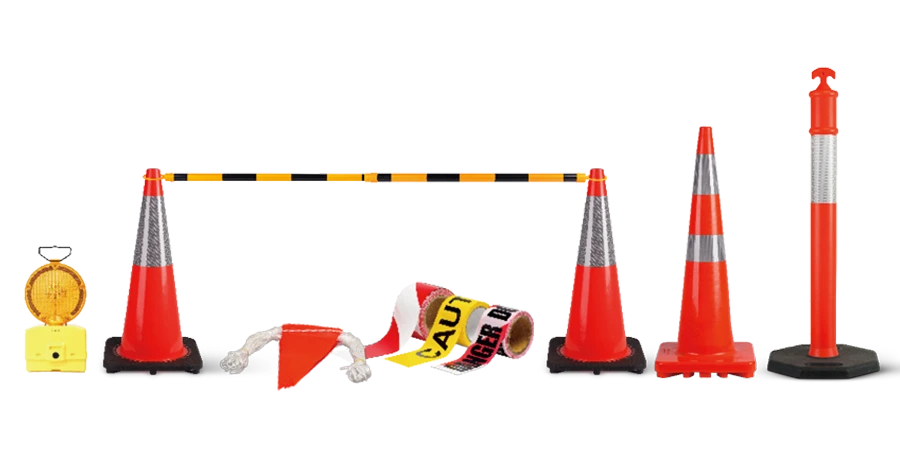
Associated plates and structure markings play a crucial role in helping drivers interpret regulatory road signs. These features provide additional details, such as directions or warnings, enhancing the clarity and safety of road guidance. They assist road users in quickly understanding signs, particularly in busy or complex environments. Well-designed regulatory road signs, supported by associated plates and structure markings, ensure that everyone adheres to the rules and reduces confusion on UK roads.
OPTRAFFIC offers a range of regulatory letreros de carretera with associated plates and structure markings, ensuring maximum clarity and safety. Our signs are designed to meet UK standards, helping drivers stay informed and roads stay safe. Explore our selection today to improve traffic management and enhance road safety.
Control de llave
- Associated plates give extra details to road signs. They help drivers know rules like time limits and vehicle restrictions. This makes it quick and easy to understand.
- Structure markings use lines, símbolo, and colours. These make signs easier to see. They warn drivers about dangers. This helps keep people safe in all weather and at night.
- Clear signs and markings stop confusion and accidents. They make road rules easy to spot and follow. This is very helpful in busy or hard places.
- El TSRGD 2016 gives legal rules for signs and markings. Dice cómo diseñar, lugar, and look after them. This keeps UK roads safe and signs the same everywhere.
- Good traffic sign design needs careful placement and regular checks. Signs must fit different places. This keeps all road users safe and well informed.
Definiciones
Associated Plates
Associated plates are extra panels under regulatory road signs. These plates give more details to help drivers. They can show things like time limits or which vehicles the rule is for. A veces, a plate says “except for access” o “except for loading.” This tells drivers who must follow the rule and who does not. Associated plates must be easy to read and in the right place. The words should be clear and the size should fit well. Road authorities use these plates in busy cities and quiet country roads. Good design stops confusion and keeps traffic safe.
Nota: Associated plates need to look like the main sign. They must have the same style and colour so drivers know they belong together.
Marcas de estructura
Structure markings are lines, símbolo, or patterns on or near road signs. These markings help show important things or warn about danger. Designers use chevrons, borders, or shiny strips to make signs easier to see. This helps drivers notice signs in bad weather or at night. Por ejemplo, a sign for a low bridge might have black and yellow stripes. These stripes show the danger clearly. Markings can also be on the road near the sign to remind drivers. Good markings are easy to see in all weather. Engineers pick the best markings for each place. They think about speed, tráfico, y que fácil es ver. Good markings help stop accidents and help people follow the rules.
Funciones
Supporting Regulatory Road Signs
Associated plates are important for regulatory road signs. These plates go under the main sign and give more details. Por ejemplo, a plate might show a time or which vehicles must obey. The Traffic Signs Manual says these plates make the main sign’s message clearer. They add rules, bans, or limits for drivers. This extra information helps people know what to do. Good design makes sure the plate looks like the main sign. Road authorities use these plates to help manage traffic and keep roads safe. When the right plate is added, it helps everyone follow the rules.
Nota: Associated plates must be easy to read and put where drivers see them fast.
Enhancing Clarity
Structure markings help drivers notice and understand regulatory road signs. These markings can be lines, chevrons, or colour symbols. Designers use them to make signs stand out in busy or hard places. Road markings like lane dividers, cruces, and stop lines work with signs to show rules. These markings give drivers another way to see what to do. Por ejemplo, a solid line means stop, but a dashed line means you can cross. Good design picks the right markings for each road. This helps drivers see signs in all weather and at night. Clear markings and good signs stop confusion and make roads safer for everyone.
Importancia
Legibility and Safety
Clear road signs and markings help drivers make safe choices. When signs are easy to read, drivers do not get confused. This lowers the chance of mistakes and accidents. Associated plates and structure markings give extra details. They might show time limits or rules for some vehicles. These details help drivers follow the rules and keep roads safe.
Studies say wider pavement markings help drivers see better. Drivers notice these markings more at night or in bad weather. White markings are easier to see than yellow ones. This makes them stand out more. On rural highways, wider edge lines mean fewer crashes. In Canada and Idaho, wider markings cut crashes by up to 17%. Serious crashes dropped by as much as 19%. Driving tests show drivers spot white markings faster than yellow ones. The right width and colour of markings are important on fast roads.
Road authorities must keep markings clear and bright. Good care makes sure drivers always see signs and markings, Incluso cuando está oscuro.
A UK study found that simple, clear regulatory signs help drivers understand rules. Symbolic signs work best for most people. Familiar signs also help drivers make safer choices. Better design and legibility mean fewer accidents. The table below shows how good signs and markings make roads safer:
| Evidence Source | Hallazgos clave | Relevance to Safety |
|---|---|---|
| IRF UK study (2022) | 41% fewer road accidents after new signs | Shows link between clear signs and fewer accidents |
| Hallmark y cols., 2015 | Speed limit signs cut speeding accidents by 20% | Proves value of clear regulatory signs |
| Martínez-Ruíz et al., 2019 | Stop signs reduce rear-end crashes by 40% | Highlights impact of clear markings |
| WHO study (2023) | Road signs can lower accident risk by 30% | Supports the need for good sign design |
Communication of Hazards
Associated plates and structure markings help drivers spot dangers early. These features warn about sharp bends, low bridges, o cambios de carril. Por ejemplo, black and yellow stripes warn about a low bridge. Chevrons on the road show sharp turns ahead. Temporary markings guide traffic during roadworks or events. These markings help drivers notice new or changing risks.
In busy city centres, temporary signs and markings help control traffic. They show new rules or routes during building work. En carreteras rurales, clear markings warn about narrow lanes or sharp bends. High-speed roads use wide, bright markings for lane guidance. This helps drivers stay in the right lane and avoid sudden moves.
Temporary markings must be easy to see and understand. They should look like the main signs in style and colour for better compliance.
Case studies show that good markings and associated plates lower accidents in risky places. Por ejemplo, after adding clear markings and signs at a busy junction, accidents went down. Drivers could see the rules and dangers more clearly. This helped people follow the rules and made roads safer.
Compliance with TSRGD 2016
Regulatory Road Signs and Legal Standards
El Traffic Signs Regulations y direcciones generales 2016 (Tsrgd 2016) gives the rules for regulatory road signs in the UK. This law says how each sign should look and where it should go. It covers things like size, forma, color, and how shiny the sign is. Every sign must follow these rules to keep roads safe and clear. The traffic signs manual gives more help about putting up and looking after signs. Councils and workers must check signs often to make sure they are easy to see and not damaged. The law also lets people use a ‘menu style’ to build signs from set parts. This helps stop too many signs and makes them easier to read. If someone breaks the rules on a sign, there are clear punishments. Everyone who makes, sells, or puts up signs must follow these rules.
Regular checks often find problems like faded signs, blocked signs, or signs put too high or low. These problems make signs hard to see and less safe. Fixing signs quickly and putting them in the right place keeps roads safe and follows the rules.
Associated Plates in TSRGD
Tsrgd 2016 also gives rules for associated plates, like extra or distance plates. These plates must look like the main sign in shape, color, y tamaño. The rules make sure plates are easy to read and clearly go with the main sign. All plates must be put where drivers can see them best. This means thinking about where people look, que brillante es, and what the area is like. The traffic signs manual gives more tips about how high to put plates and how far apart they should be. Local councils can change plates for special reasons, but they must still follow the main rules. Putting up and looking after plates properly is important for following the law. Temporary plates for roadworks must also follow these design rules to work well.
Structure Markings in TSRGD
Tsrgd 2016 has detailed rules for structure markings. These include lines, chevrons, and symbols that help regulatory road signs. The rules are split into different parts, shown below:
| Part Number | Descripción |
|---|---|
| Parte 1 | General rules for signs and sub-plates |
| Parte 2 | Upright signs for junctions |
| Parte 3 | General rules for signs in Part 4 |
| Parte 4 | Otras señales reglamentarias |
| Parte 5 | General rules for road markings in Part 6 |
| Parte 6 | Regulatory road markings |
| Parte 7 | What signs and markings mean in Schedule 9 |
| Parte 8 | Rules for signs and markings in Parts 2, 4, y 6 |
| Parte 9 | General and sign-specific directions |
Tsrgd 2016 added new pictures for road marking designs, como el “BUS GATE” calificación. These markings work with upright signs to help drivers. Temporary markings must also follow these rules to keep roads safe during roadworks or changes. The traffic signs manual explains how to use structure markings in cities, countryside, and on fast roads. Good design and the right place for markings help drivers know the rules quickly, Incluso cuando está oscuro o lloviendo.
Best Practices in Traffic Sign Design
Placement and Legibility
Good traffic sign design needs careful placement and clear words. Road authorities use strict rules to keep associated plates and structure markings easy to see. Signs and plates should not be blocked by anything. They must be put at the right height and angle so drivers and machines can see them well. Plates need to look like the main sign in style and colour. This helps drivers connect the information fast.
Key rules for placement and legibility are:
- Put associated plates right under the main sign so people link them quickly.
- Make sure nothing like trees, coches, or benches blocks signs and plates.
- Use retroreflective materials so signs are bright at night or in dim light.
- Keep a minimum distance for seeing signs, como 34 metres at 40 km/h y 76 metres at 90 km/h.
- Check and clean signs often so dirt or damage does not make them hard to read.
Designers need regular training and refresher courses. This helps them learn new rules and install and look after signs the right way.
Challenging Environments
Traffic sign design is harder in cities, countryside, and on fast roads. En las ciudades, it is hard to see signs at night or when it rains. Water can make signs less shiny. Busy places wear out signs faster, so strong materials and good ways of putting in markings are needed. Designers must also think about people walking or cycling. Markings should not hold water or rubbish.
En caminos rápidos, experts say to use wider stripes and bold markings, especially on bends. Raised pavement markers and chevron signs help drivers see the road shape at night or in bad weather. Markings that stick up above water stay visible when it rains. Extra markings and temporary signs give more help during roadworks or changes. This keeps traffic safe.
New ideas in traffic sign design, like deep learning systems and digital models, help check if signs and markings match. These tools make guidance more correct and reliable. Esto hace que las carreteras sean más seguras para todos.
| Ambiente | Key Things to Think About for Design and Guidance |
|---|---|
| Urbano | Strong signs, shiny surfaces, good placement, safety for walkers |
| Rural | Fácil de ver con poca luz, upkeep, clear instructions |
| Carreteras de alta velocidad | Wide stripes, bold colours, raised markers, time to react |
Temporary signs and markings must follow the same rules as permanent ones. This keeps messages clear and easy to understand.
Associated plates and structure markings help people understand road rules. Hacen caminos más seguros para todos. Good design lets drivers and cyclists know what to do fast. Tsrgd 2016 gives flexible rules for new road layouts. This helps when cycle tracks cross roads. Designers use these rules to make signs that warn about dangers. They also guide all road users. Modern design looks at problems like left-hook crashes and the door zone for cyclists. Designers update signs often as roads change. Keeping up with design and legal rules means roads stay safe for all.
Preguntas frecuentes
What is the main purpose of associated plates?
Associated plates give more information for road signs. They help drivers know rules like time limits or which vehicles can use a road. These plates make signs easier to understand and safer for everyone.
How do structure markings improve road safety?
Structure markings show dangers or help guide drivers. Chevrons, rayas, and symbols help signs stand out, Incluso por la noche o en mal tiempo. Drivers see hazards sooner and can react more quickly.
Do all regulatory signs need associated plates?
Not all signs need an associated plate. Road authorities add plates only when more details are needed. Por ejemplo, a plate might be used for a time limit or a rule for certain vehicles.
Who checks if signs and markings follow the rules?
Local councils and road authorities check signs and markings. They make sure everything follows the TSRGD 2016 estándares. Regular checks help keep signs clear and easy to spot.
Consejo: Drivers should always look at both the main sign and any associated plate to know the full rule.

